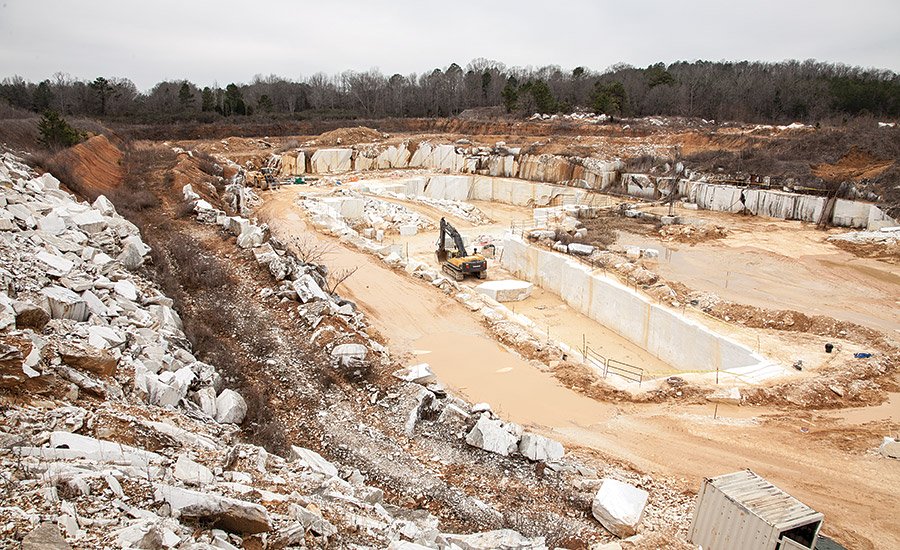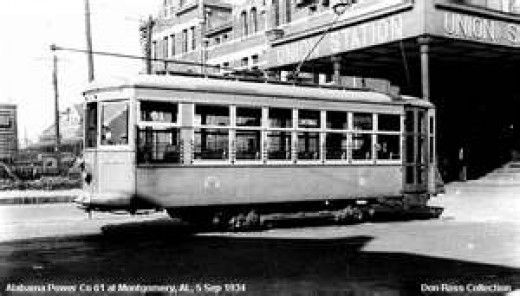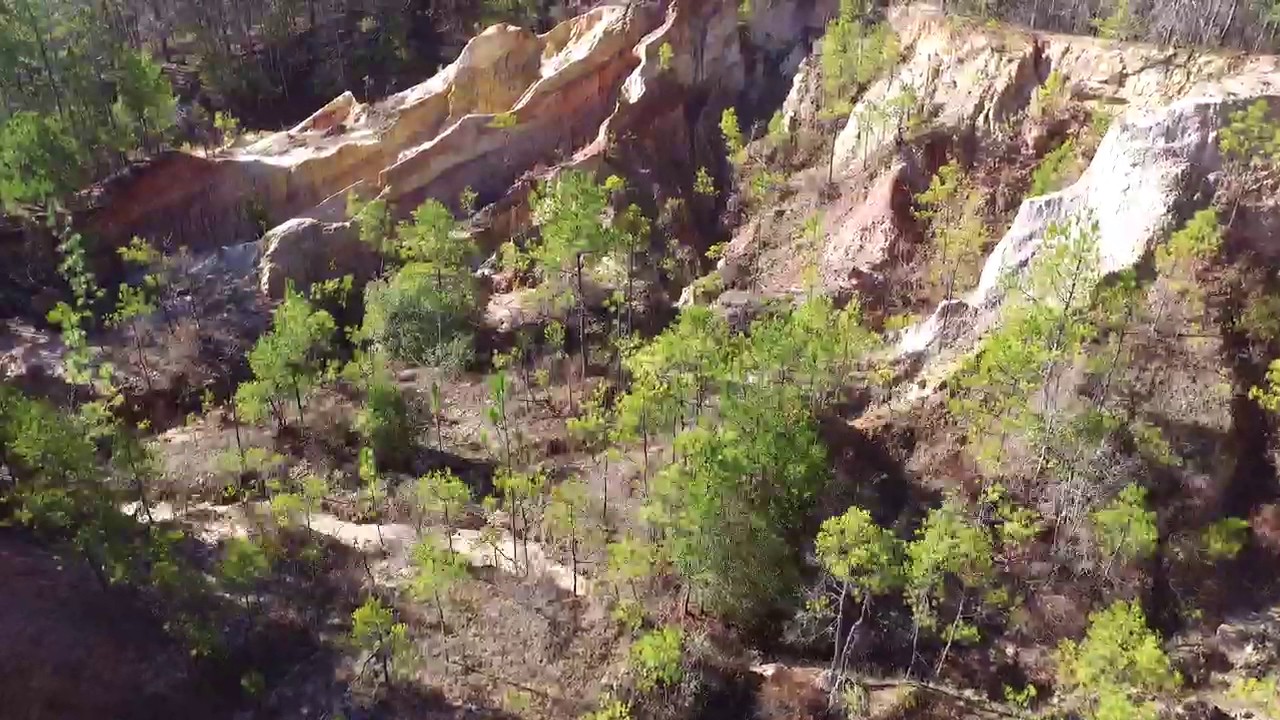Gold In Alabama Is Not a Well Known Fact
The fact that there is Gold in Alabama is a little-known fact that surprises most people, but lifelong residents are well aware of the history that surrounds it.
In fact, after the precious yellow metal was discovered in Georgia, the “rush” for this valuable asset soon turned to this historic state.
Prospectors in the south turned their attention to Alabama when it was first discovered in Chilton County, in the late 1830’s.
The peak of looking for Gold in Alabama occurred in 1836, especially along the tributaries of Blue and Chestnut creeks in Chilton County, and for over a decade, thousands of prospectors followed this newfound trail.
However, during this same time frame the California Gold rush fever hit the country, and most of the state’s mines were abandoned during the Civil War that tore the state apart.
After the war ended, the fever peaked again, and in the 1930’s, when the price of the precious metal exploded, another boom hit the state.
This boom lasted until 1942, and since then most all of the state’s mines and gold fields have been idle.
However, another little-known fact about Gold in Alabama is the amount of the precious metal that has been found here.
It is estimated that over 80,000 ounces have been produced in the state, but only two counties have produced more than 20,000 ounces, Cleburne and Tallapoosa.
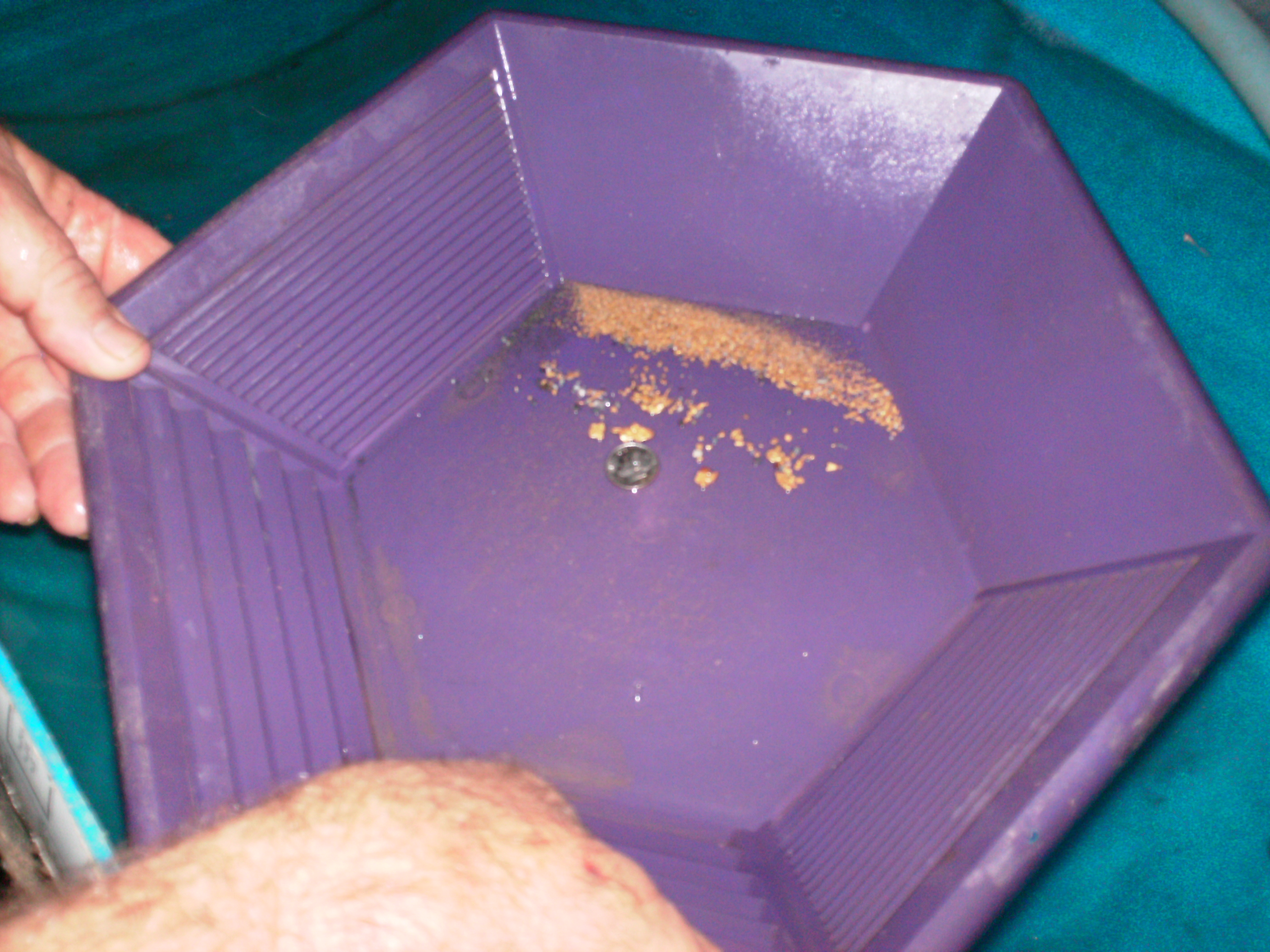 Gold Panning In Alabama
Gold Panning In AlabamaThe History of Gold in Alabama
The history of Gold in Alabama begins with the earliest district where the metal was found, Arbacoochee.
At its peak, this district employed over 600 men and by 1845, it had become home to over 5,000 people.
Another historic district for the precious metal was Goldville, which at its peak during the states rush, had 14 stores, a very high number for the times, and a population of over 3,000 people.
This precious metal can be found in the igneous and metamorphic rocks of the state’s Piedmont physiographic section, which was formed at the same time as the Appalachian Mountains.
The rush that hit the state in the late 1830’s followed the southwest-northeast trend that lined up with this natural mountain range.
This precious metal was extracted in the early years from underground mines, as well as by a technique referred to a “placer mining”.
Placer mining is where gold nuggets are retrieved from stream beds as well as rivers, where they will collect after weathering out of softer rocks.
They can also form by being washed out of gravels by running the material through sluices, as well as water channels.
However instead of nuggets, most of the Gold in Alabama occurred as small grains, and as a result, they are extremely difficult to extract from rock.
The early miners would in most all cases use a process called “amalgamation”, where liquid mercury was poured into the substance.
This would cause the gold particles to dissolve and the join with the mercury to form amalgam.
The miners would also use cyanide to help dissolve the precious metal out of source rock by placing gold-bearing ore into very large vats and would then pour cyanide as well as mercury onto the ore.
Then, through a chemical process, the precious metal would bind to the cyanide and mercury and could then be collected from the liquid that formed at the bottom of the vat.
The left-over results of this process can still be found today in the counties that saw that largest production of this precious metal, as well as slight tinges of contamination.
These mining techniques later were found to cause serious contamination of groundwater supplies, and small traces still exist to this day.
Mining as well as panning for this precious metal is still a very popular hobby in the state, and there are several gold bearings streams and Braches in the Talladega National Forest and on private property, where you can look for it.
There were 7 locations in the state where Gold in Alabama was found, and they include the following counties and towns.
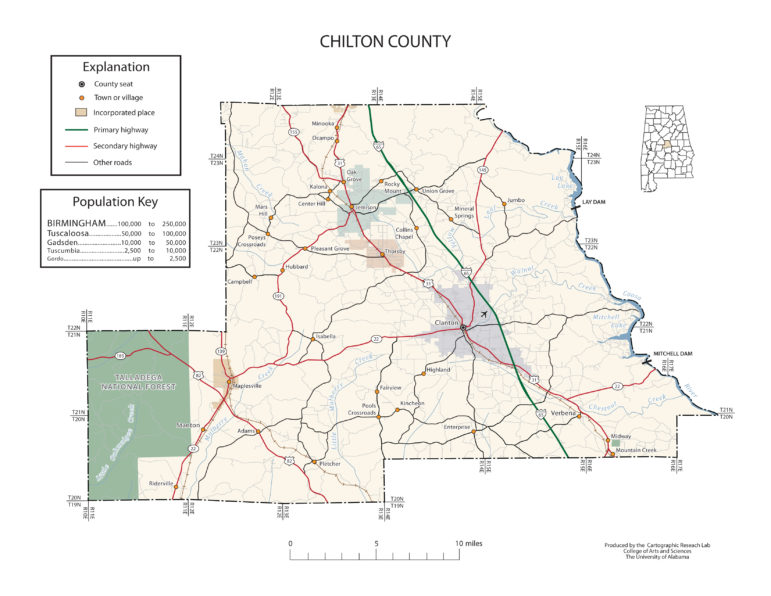 Map of Chilton County Gold Locations
Map of Chilton County Gold LocationsThe First 4 Locations for Gold in Alabama
Here are the first 4 locations where Gold in Alabama were found and can still be found in small amounts today.
- Chilton County
- Clay County
- Cleburne County
- Coosa County
Chilton County
The southeastern part of the state belt included portions of Chilton County, as the rocks exposed are limited on the southwest overlap of the Upper Cretaceous Formation, also referred to as the Tuscaloosa Formation.
There have been nuggets that weighed as much as 4 ounces reported to have come from Blue Creek, a short tributary of the Coosa River.
West of the town of Clanton, on the small tributary of Mulberry Creek is the Franklin Mine, which operated until the year 1923.
Placer gold is also reported to be found along this creek, about 2 miles below Honeycutt’s Mill.
In the Verbena area, this precious metal can still be found in all the streams and creeks that surround the corners of Chilton, Coosa, and Elmore countries, in the form of placer gold.
Clay County
The next place where you may still find Gold in Alabama is in Clay County.
In the Cragford district, which is located along the far-east side of Clay County and the far-east side of Randolph County, lays the Grizzle Property.
The mine that was located there was famous for free milling gold, as well as the H.S. Bradley land.
The Manning Placer, the Farrar property, as well as the Morris Property, at one time also contained this precious metal in ample supplies.
The Goldberg Mine as well as the Bradford Ridge Mine was also located in this county.
In the Idaho district, in the west part of the county, you can also find the Eley Mine, the Haraldson Mine, as well as the Shinker Mine.
Cleburne County
Cleburne County is the next of the counties where Gold in Alabama has a rich history, and where several mines were located.
The Chulafinnee district and the creek and its tributaries that bears the same name, had gold rich gravels under fewer than 6 feet of earth.
Perhaps the most famous mines located in this district were the King Mine, the Hick-Wise Mine, as well as the Lee Mine.
The Arbacoochee Placer in this county was perhaps the most extraordinary gold placer deposit in the state, covered over 600 acres, and at one time employed over 600 men.
However, there were more mines in this county including the Golden Eagle Mine which was also the site of a stamp mill.
Coosa County
The next of the counties in the history of Gold in Alabama was Coosa County, which had widely scattered prospects along the Weogufka Creek and Placer, Hatchett Creek, and the Rock field Placers.
The Gold Ridge Mine in this county was built to mine Copper in 1835, but while mining was taking place for this mineral, the lode form of it was discovered.
Flint Hill also showed quartz veins and gold traces, as did Hatchett Creek.
The Hatchett Creek Placer Mine at one time had gravels that were considered rich enough to keep over 50 men working from dusk to dawn, looking for this precious metal.
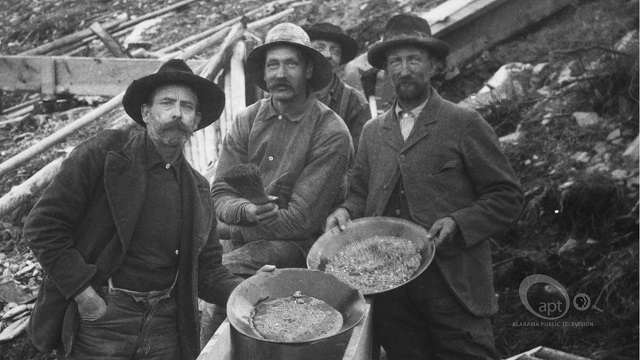 Gold Miners In Alabama
Gold Miners In AlabamaThe Final Three Locations for Gold in Alabama
There are three more counties where Gold in Alabama was found, and they are including the following:
- Randolph County
- Talladega County
- Tallapoosa County
Randolph County
First of this list is Randolph County, where the gold bearing deposits ran along the border of this and Cleburne County.
The area steams and branches near Wedowee were considered to be the most productive, and the placer form of this metal was found there in the beach sands and gravel.
The Pinetucky Gold Mine, which was discovered in 1845, was one of the earliest discoveries of lode veins in the state and was termed to be a “rich specimen mine”.
In the Wedowee area, the area creek sands and gravels located along the Tallapoosa River were found to contain both the lode and placer forms of this metal.
Talladega County
Next on the list is Talladega County, where most all area branches along the Talladega River contain the placer form of this precious metal.
The Riddle’s mine, in the Riddles Mill district, was said to be 100 feet deep in quartz veins, which had the lode form of this metal, as well as silver and pyrite.
The Story Mine, about 8 miles south of the Talladega Creek, also had traces of this precious metal that were found in quartz veins in decomposed slates.
Tallapoosa County
The final county for Gold in Alabama was Tallapoosa County, which had four major districts containing this precious metal.
They included Devil’s Backbone, Eagle Creek, Goldville, as well as Hog Mountain.
The Goldville District, named after this precious metal, showed a lot of promise in the early days of discovery, and at its peak, reached over 3,000 in total population.
Hog Mountain is considered unique in the state in that the veins containing the precious metal are in granite, making it the first area where the cyanide process was used.
The Devil’s Backbone district lies in what is referred to as the Wedowee Formation, and extends into Elmore County as well as Chambers County.
The placer form of the metal was found in all streams draining into this district.
There were several mines located in this county and these districts, including the Gregory Hill Mine, the Tallapoosa Mine, the Alabama King Mine, and the Hogs Mountain Mine.
Gold in Alabama played a major role in the 1800’s with this historic state, but other than longtime residents that live in counties where it was found, very few people are aware of these little-known facts.
References
https://www.goldfeverprospecting.com/goloinal.html
Little Known Facts About Alabama

Alabama Gift Store
Numerous Items for You and Your Family to Enjoy
See it here at the Gift Store
Copyright 2019-2023 Alabamabackroads.com
All Rights Reserved
